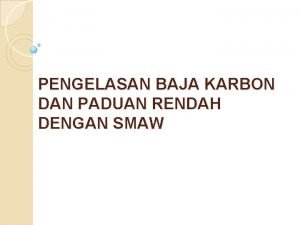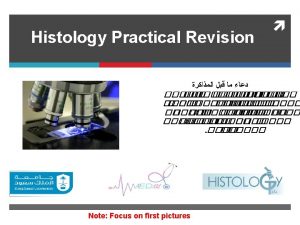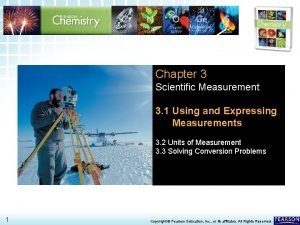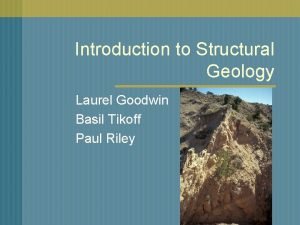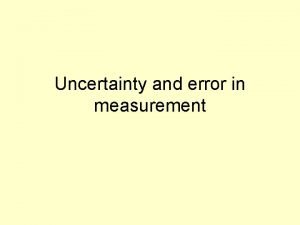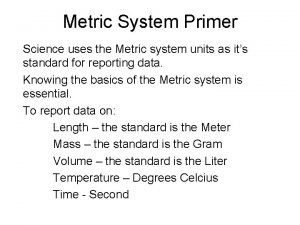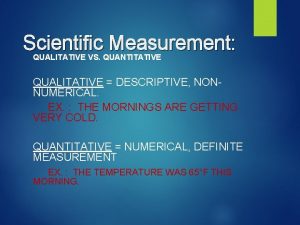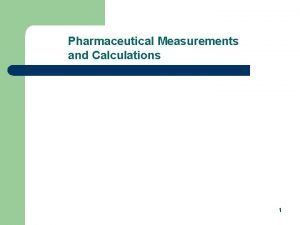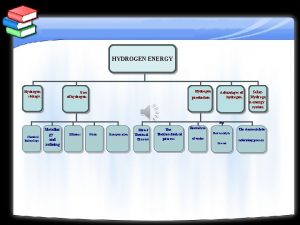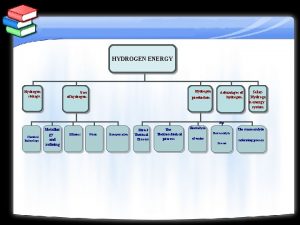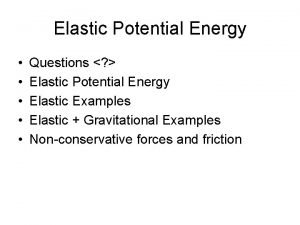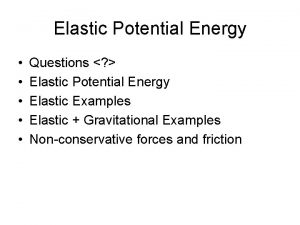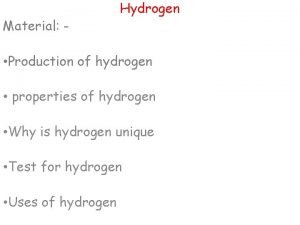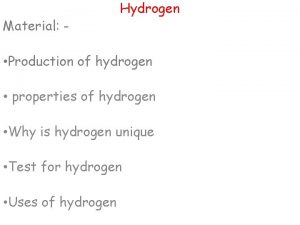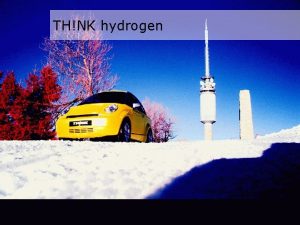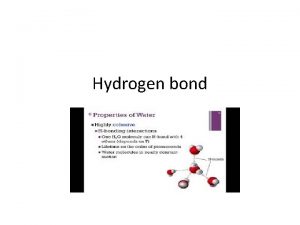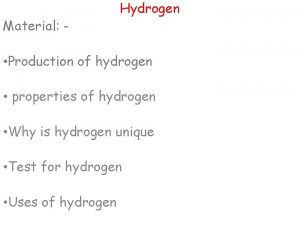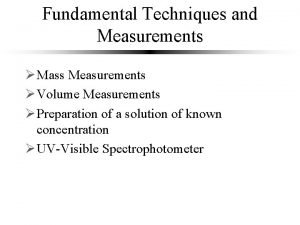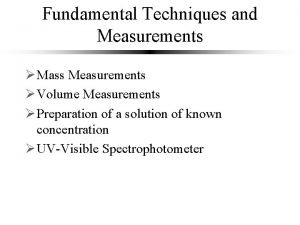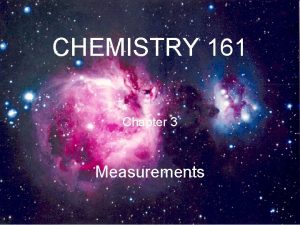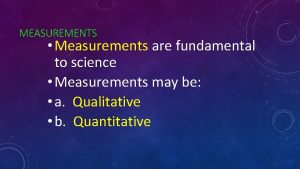Low 2 Q Elastic Measurements 1 Hydrogen Elastic








![Momentum [ Ge. V ] Counts Momentum [ Ge. V ] Example Elastic Runs Momentum [ Ge. V ] Counts Momentum [ Ge. V ] Example Elastic Runs](https://slidetodoc.com/presentation_image/8f80f4f5e43bd8a2173f5ad990a4487e/image-9.jpg)






- Slides: 15

Low 2 Q Elastic Measurements 1) Hydrogen Elastic (polarized) 2) Carbon Elastic (10 B coming!) 3) Gas Target Elastic Scattering: H, D, 3 He, and 12 C

Proton Form Factors Electron elastic scattering from proton: Sachs Form Factors: Electric: GE(Q 2) Magnetic: GM(Q 2) Q 2=0 Approximated by Dipole Form Excellent paper on the Sachs form factors as well as the original 0. 81 fm radius of “standard dipole” from: L. Hand et al. Rev. Mod. Phys. 35 (1963) 335, 10. 1103/Rev. Mod. Phys. 35. 335

Rosenbluth Separation unpolarized beam on unpolarized target, cross section measurement. Method: Vary at fixed Q 2, fit linearly 2 E Slope G Intercept G 2 M Limitations • is not sensitive to GE at large Q 2 and not sensitive to GM at small Q 2 • Limited by accuracy of cross section measurement at different settings. • Radiative correction, two-photon exchange, etc.

Recoil Polarization • Direct measurement of form factor ratios by measuring the ratio of the transferred polarization Pt and Pl. Advantages: • Only one measurement is needed for each Q 2. • Much better precision than a cross section measurement. • Two-photon exchange effect small. • Complementary to XS measurement. Limitations • Limited by ability to detect the recoiling proton. X. Zhan et al. , Phys. Lett. B 705 (2011) 59 -64. 1016/j. physletb. 2011. 10. 002 ( 164 citations as of 30 January 2019 )

Analysis of Low Q 2 Asymmetries Complete Jessica Campbell and Moshe Friedman have independently done the analysis and gotten very similar same result Blue: Raw Data, Red: Correcting for half-wave plate and polarization of beam and target

LEDEX Experiment ( Data Mining ) Low Energy Deuteron Experiments E 05004 A(Q) at low Q in ed elastic scattering E 05004 Ext low Q 11 B and 7 Li elastic scattering E 05103 low energy deuteron photodisintegration Low Q 2 (starts at q ~ 0. 4 fm-1) some data @ qmin Shown is Carbon Elastic Data Analysis by Al Amin Kabir with Paul Gueye, https: //arxiv. org/abs/1805. 12441

LEDEX Experiment ( Data Mining ) Low Energy Deuteron Experiments E 05004 A(Q) at low Q in ed elastic scattering E 05004 Ext low Q 11 B and 7 Li elastic scattering E 05103 low energy deuteron photodisintegration Low Q 2 (starts at q ~ 0. 4 fm-1) some data @ qmin Shown is Carbon Elastic Data Paul Gueye looking into new dedicated experiment result was simply statistics limited and 10 B elastic paper coming!

First 12 Ge. V “ 1/2 Pass” Running With a couple shifts of collaborative accelerator/physics beam in Nov. 2018 ( in preparation for the Hypernuclear exp. ) we did the following: • 1) Demonstrated half-pass running • 2) Cross Calibrated ARC 1/ARC 2/Hall A ARC • 3) Determined The Beam Energy with left HRS • 4) Discovered Our "Pure" Tritium Cell is ~1. 6% Hydrogen • 5) Got Elastic Data On H/D/T/3 He at 3 fm^{-2} (data for Leiqaa Kurbany)
![Momentum Ge V Counts Momentum Ge V Example Elastic Runs Momentum [ Ge. V ] Counts Momentum [ Ge. V ] Example Elastic Runs](https://slidetodoc.com/presentation_image/8f80f4f5e43bd8a2173f5ad990a4487e/image-9.jpg)
Momentum [ Ge. V ] Counts Momentum [ Ge. V ] Example Elastic Runs From Gas Cells Momentum [ Ge. V ]

This data can be used to check the beam energy. • Use the spectrometer constants as determined during 6 Ge. V • Determine the beam energy. • Use to help understand difference between Hall A ARC and Accelerator energies. Accelerator Reported Energy (based on 6 Ge. V ARC/e. P data)

ARC Energy Measurements • 1 st Pass Measurements • https: //logbooks. jlab. org/entry/3429708 (dispersive) • 2. 222(1) Ge. V vs. 2. 218(2) Ge. V epics Calc. (aka Tiefenbach energy) • 1. 0018 scale factor to convert Tiefenbach energy (a. k. a. hallap) • Systematic uncertainty on the new energy is 5 E-4 • 3 rd Pass Measurements • https: //logbooks. jlab. org/entry/3446303 (acromatic) • https: //logbooks. jlab. org/entry/3432968 (dispersive) • 6. 427(3) Ge. V Measured vs. 6. 407(6) Ge. V epics. Calc. • 1. 003 scale factor • 4 th Pass Measurements • https: //logbooks. jlab. org/entry/3448841 (dispersive) • 8. 520(4) Ge. V Measured vs. 8497(8) Ge. V epics calc. • 1. 003 scale factor • 5 th Pass Measurements • https: //logbooks. jlab. org/entry/3442118 (acromatic) • https: //logbooks. jlab. org/entry/3443032 (dispersive) • 10. 587(5) Ge. V vs. 10. 589(10) Ge. V epics calc. • Serendipitous agreement ( saturation & sync. radiation effects ) Energy does shift vs. time so best to use epics calc. value and the scale factor to get a run by run beam energy for any given run period. BOTH ARC Energy and Halla: p are precise (and reproducible) but which (if either) is accurate? !

Beam Energy from Spin Dance One way to check the energy measurements is to use them to make Wien angle predictions. Predictions Based on different energy calculations. Fit of Moller data gave 86. 5 degrees Recently (Winter 2018), MCC just used the ARC energy results to set Wien and was able to reproducibly get high polarization to Hall B for many different energies.

Beam Energy Check With HRS ( energy loss corrections have been included ) Accelerator energy = 1168 Me. V Measured Energy = 1171. 5(5) Me. V

Elastic Measurements During Tritium Run Period Tritium Experiment E 12 -14 -009: Ph. D. student Leiqaa Kurbany [UNH]

Many Low Q 2 Results Coming From Hall A!
 Fast fill electrode
Fast fill electrode Lacunae in bone
Lacunae in bone Low voltage hazards
Low voltage hazards Mid low high
Mid low high Reflective style of communication
Reflective style of communication Significant figures
Significant figures Weights and measure training
Weights and measure training Kitchen measurements abbreviations
Kitchen measurements abbreviations Uncertainty of multiplication
Uncertainty of multiplication Using and expressing measurements
Using and expressing measurements Face shape measurements
Face shape measurements Basil tikoff
Basil tikoff Random errors may be detected by repeating the measurements
Random errors may be detected by repeating the measurements English system of measurements
English system of measurements Si unit in science
Si unit in science Pharmaceutical measurements
Pharmaceutical measurements
